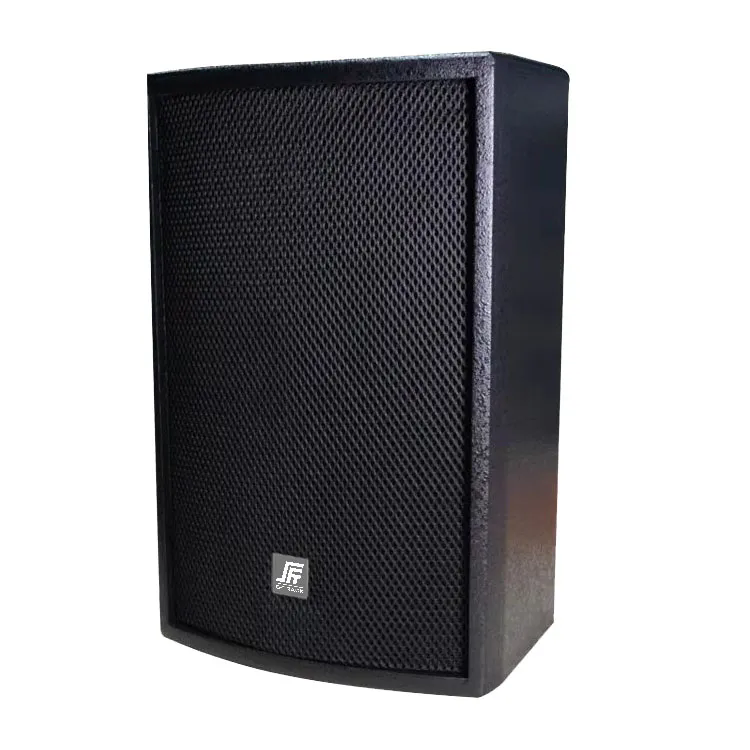Understanding Active Loudspeakers: Your Questions Answered
2024-10-24
Active loudspeakers are a popular choice for both home audio systems and professional sound applications. This blog will answer some common questions about active loudspeakers to help you understand their features, benefits, and usage.
What is an Active Loudspeaker?
What exactly is an active loudspeaker?
An active loudspeaker, also known as a powered loudspeaker, has a built-in amplifier. This means it does not require an external amplifier to function, as the necessary amplification is already integrated into the speaker. Active loudspeakers typically feature additional components, such as crossovers, which help to manage sound frequency distribution.
How do Active Loudspeakers Work?
How do active loudspeakers differ from passive loudspeakers?
The main difference lies in their amplification. Passive loudspeakers require an external amplifier, while active loudspeakers have their own built-in amplification. This allows for better control over the sound quality and volume levels in active speakers. Additionally, active loudspeakers often come with digital signal processing (DSP) capabilities, enhancing audio performance.
What Are the Advantages of Using Active Loudspeakers?
Why should I choose active loudspeakers over passive ones?
There are several advantages to using active loudspeakers:
1. Simplicity: Since they have built-in amplification, setup is often easier, requiring fewer cables and components.
2. Sound Quality: Active loudspeakers are typically optimized for their specific drivers, leading to better sound quality.
3. Versatility: Many active models come with features such as EQ settings and inputs for multiple audio sources.
4. Portability: Many active loudspeakers are designed for portability, making them ideal for events and mobile setups.
Where Are Active Loudspeakers Used?
In what settings are active loudspeakers most commonly used?
Active loudspeakers are versatile and can be used in various settings, including:
- Home audio systems: For music enthusiasts seeking high-quality sound.
- Professional audio setups: In concerts, conferences, and public speaking events.
- DJ performances: To ensure clear and powerful sound delivery.
- Portable sound systems: For events where mobility is crucial.
Can I Connect Multiple Active Loudspeakers Together?
How do I connect multiple active loudspeakers?
Yes, you can connect multiple active loudspeakers together. This can typically be done through balanced audio cables (like XLR or TRS), allowing you to daisy-chain speakers or connect them to a mixer. However, it’s essential to check the specifications of your loudspeakers and the audio source to ensure compatibility and optimal performance.
What Should I Consider When Buying Active Loudspeakers?
What factors should I keep in mind while purchasing active loudspeakers?
Here are a few key considerations:
1. Power Output: Ensure the speaker’s wattage is suitable for your intended use (home, outdoor events, etc.).
2. Speaker Size: Larger speakers can produce deeper bass, while smaller models may be more portable.
3. Connectivity Options: Check for various input options, such as XLR, TRS, or RCA.
4. Portability: If you plan to move them frequently, consider weight and design.
5. Budget: Prices can vary significantly, so determine your budget beforehand.
Conclusion
Active loudspeakers offer numerous benefits for both casual listeners and professional audio engineers. By understanding how they work and their advantages, you can make an informed decision when selecting the right loudspeaker for your needs. Whether for home use, events, or performances, active loudspeakers can elevate your audio experience. If you have more questions or need personalized recommendations, feel free to reach out!



